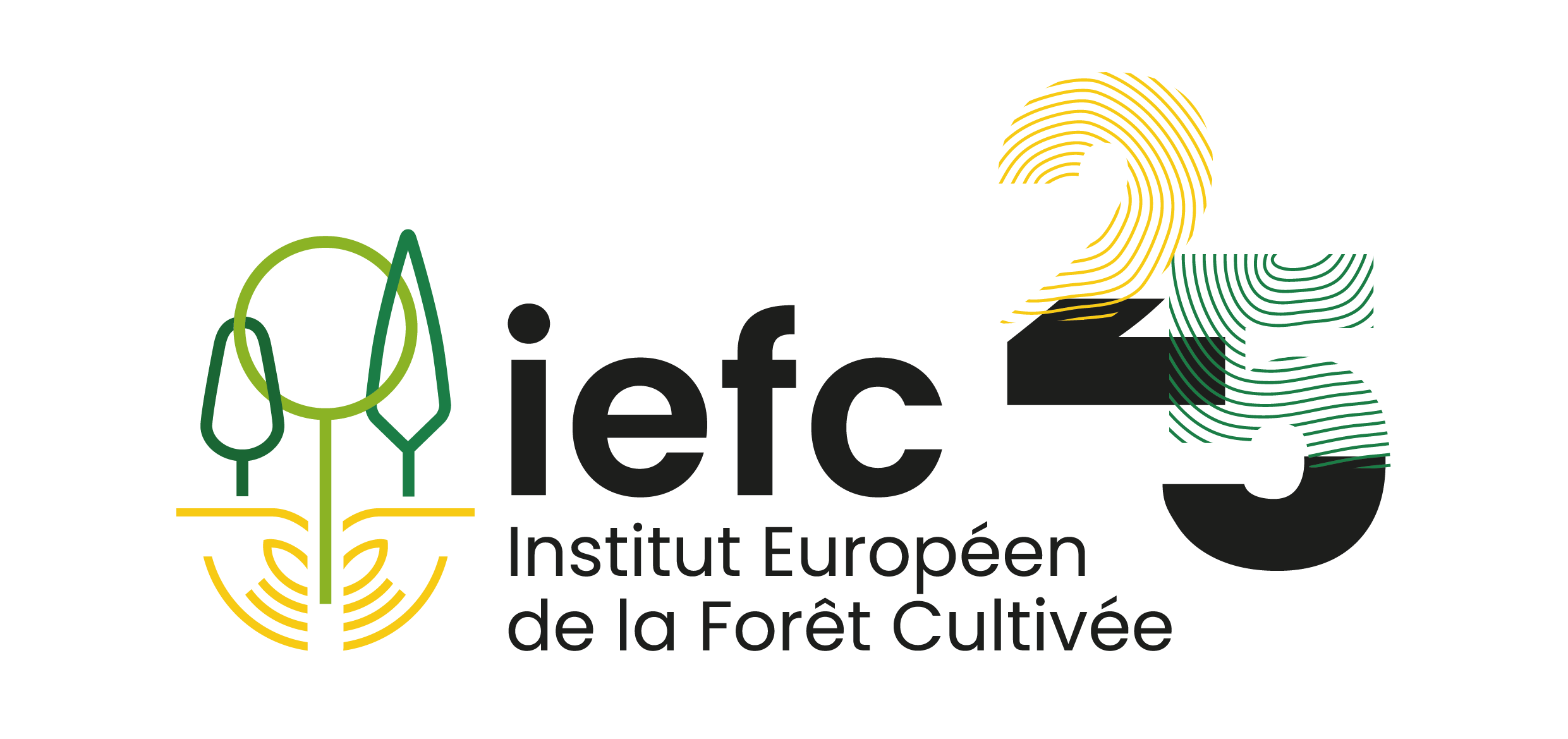Pine stem borer
Dioryctria sylvestrella (Ratzeburg) (Lepidoptera, Pyralidae)
synonym: Dioryctria splendidella
Host tree
All pine (Pinus) species.
Identification
- On the bark of the trunk presence of large resin nuts with candle-like drippings, at first yellowish then pinkish. They are often located at the insertion point of the branches or near a pruning injury, especially in the youngest whorls (observable all over the year) (Photo 1).
- Pinkish (young) to greenish (old) caterpillars with little blacks spots living in a gallery under the bark, with the entry hole hidden by the resin nut. Caterpillars can be found from September (1 cm long and pinkish) to May (4 cm long, greenish) (Photo 2).
Damage
- Partial ring-barking of the trunk doesn’t kill the tree, but increases the risk of tree topping during storms (Photo 3).
- Reduction of timber quality due to deformation and resin impregnation of the wood at the location of the attack (Photo 4).
Biology
- There is one generation per year (partial second in long summers).
- Adult moths attack trees in June-July (1st generation) and early September (2nd generation).
- Caterpillars feed in a gallery under the bark from summer to next spring, with a resting period in winter. They pupate in the resin mass (late spring for the 1st generation, late summer for the second).
- Attacks are mainly located in the five younger shoots (upper part of the trunk).
Risk factors
- Vigorously growing, injured and pruned trees are more prone to attacks, mainly because moths are attracted by the odour of resin exuding from the bark injuries or cracks.
Distribution
- Present in most European countries.
Pest management
Monitoring
- Observation of the number of attacked trees (trees with at least one resin nut on the trunk).
- Use of pheromone traps.
Preventive measurements
- Reduce the risk of bark injury (during mechanic works such as thinning and weeding).
- Postpone the pruning several years to avoid attacks in the lower, most valuable part of the trunk.
- Reduce fertilisation and thinning intensity to limit radial growth during the first ten years.
Curative control
- Mass trapping with pheromone traps (in study).
Climate change
- Dioryctria sylvestrella as a primary agent (phloem feeder) developing on woody tissues (trunk) should be adversely affected by more severe or prolonged droughts, i.e. causing less damage on water stressed trees.
- On the other hand the occurrence of a second generation of pine stem borers has been observed in years with a particularly mild autumn (September and October). This suggests that climate warming might trigger multivoltinism in D. sylvestrella. The production of several broods in a single season would result in higher risk of damage by the pine stem borer.




